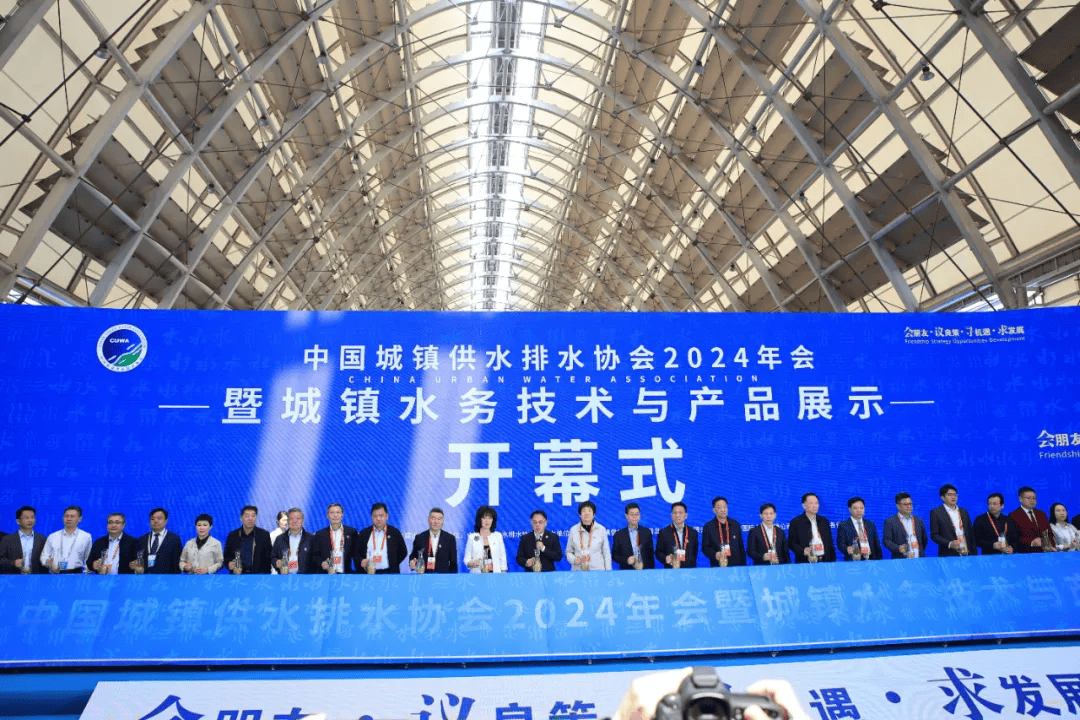Revolutionizing Power Distribution Through Advanced Metering Infrastructure
The energy sector is experiencing a remarkable transformation as Advanced Metering Infrastructure (AMI) reshapes how we monitor, manage, and distribute power. This sophisticated technology network represents a quantum leap from traditional meter reading methods, enabling utilities and consumers to access real-time energy consumption data and make informed decisions about power distribution. By integrating smart meters, communications networks, and data management systems, AMI energy distribution is setting new standards for efficiency and reliability in the power sector.
As utilities worldwide embrace digital transformation, AMI stands at the forefront of innovation, offering unprecedented visibility into power consumption patterns and grid performance. This technology not only streamlines operations but also empowers consumers with detailed insights into their energy usage, fostering a more sustainable and responsive energy ecosystem.
Core Components of Advanced Metering Infrastructure
Smart Meters: The Foundation of Modern Energy Distribution
At the heart of AMI energy distribution lies the smart meter, a sophisticated device that captures and transmits detailed consumption data in real-time. Unlike traditional meters that require manual readings, smart meters communicate directly with utility providers, enabling automated billing, remote monitoring, and immediate detection of power outages. These devices collect granular usage data at intervals as frequent as every 15 minutes, providing an accurate picture of energy consumption patterns.
The latest generation of smart meters incorporates advanced features such as power quality monitoring, tamper detection, and two-way communication capabilities. These functionalities allow utilities to respond swiftly to technical issues while helping consumers make more informed decisions about their energy usage.
Communication Networks: The Backbone of AMI Systems
A robust communication infrastructure forms the critical link between smart meters and utility control centers. Modern AMI energy distribution systems utilize various communication technologies, including RF mesh networks, cellular networks, and power line communication (PLC). These networks ensure secure, reliable data transmission while maintaining the system's scalability to accommodate growing demand.
The choice of communication technology depends on factors such as geographical terrain, population density, and existing infrastructure. Many utilities opt for hybrid solutions that combine multiple communication methods to ensure optimal coverage and redundancy across their service territory.
Transformative Benefits of AMI Implementation
Enhanced Operational Efficiency for Utilities
AMI energy distribution systems dramatically improve utility operations through automated meter reading, reduced field visits, and enhanced asset management. Real-time monitoring enables predictive maintenance, allowing utilities to address potential equipment failures before they cause outages. This proactive approach significantly reduces maintenance costs and improves service reliability.
The technology also streamlines billing processes, virtually eliminating estimation errors and reducing customer disputes. Utilities can detect and address revenue protection issues more effectively, ensuring accurate billing and reducing non-technical losses.
Consumer Empowerment and Engagement
Modern AMI systems provide consumers with detailed insights into their energy consumption patterns through user-friendly web portals and mobile applications. This transparency enables customers to make informed decisions about their energy usage, potentially leading to significant cost savings and reduced environmental impact.
Time-of-use pricing programs, enabled by AMI energy distribution systems, allow consumers to shift their energy usage to off-peak hours, benefiting from lower rates while helping utilities manage peak demand more effectively. This dynamic pricing model promotes energy conservation and grid stability.

Environmental Impact and Sustainability
Carbon Footprint Reduction Through Smart Grid Integration
AMI plays a crucial role in reducing carbon emissions by enabling better integration of renewable energy sources and improving overall grid efficiency. Real-time monitoring helps utilities optimize power distribution, reducing line losses and unnecessary energy generation. The ability to quickly detect and respond to outages also minimizes the use of backup generators, further reducing environmental impact.
The technology supports demand response programs that help balance grid load during peak periods, reducing the need for additional power plants and supporting the transition to cleaner energy sources.
Supporting Renewable Energy Integration
As the adoption of distributed energy resources (DERs) continues to grow, AMI energy distribution systems provide essential data for managing these intermittent power sources. The technology enables utilities to monitor and control power flow bidirectionally, supporting the integration of solar panels, wind turbines, and energy storage systems into the existing grid infrastructure.
This capability is particularly important for maintaining grid stability as more consumers become prosumers, both consuming and producing electricity through their own renewable energy installations.
Future Outlook and Technological Advancements
Artificial Intelligence and Machine Learning Integration
The future of AMI energy distribution lies in advanced analytics powered by AI and machine learning algorithms. These technologies will enable more sophisticated demand forecasting, automated grid optimization, and predictive maintenance capabilities. Utilities will be able to leverage big data analytics to identify patterns and anomalies that human operators might miss, leading to even greater operational efficiencies.
Edge computing capabilities are being integrated into newer AMI systems, allowing for faster data processing and real-time decision-making at the grid edge. This advancement will be crucial for managing the increasingly complex power distribution networks of the future.
Enhanced Cybersecurity Measures
As AMI systems become more sophisticated, cybersecurity measures are evolving to protect against emerging threats. Next-generation AMI energy distribution systems incorporate advanced encryption, secure boot processes, and regular security updates to ensure the integrity of both data and infrastructure.
Industry standards and regulations are also evolving to address cybersecurity concerns, with utilities investing in comprehensive security frameworks that protect both grid operations and consumer privacy.
Frequently Asked Questions
What makes AMI different from traditional metering systems?
AMI energy distribution systems offer two-way communication, real-time data collection, and automated meter reading capabilities, unlike traditional systems that require manual readings and provide limited usage information. This advanced technology enables remote monitoring, dynamic pricing, and improved grid management.
How does AMI benefit residential consumers?
Residential consumers gain access to detailed energy usage data, enabling them to make informed decisions about their consumption patterns. They can participate in time-of-use pricing programs, receive automated alerts about unusual usage, and enjoy more accurate billing without manual meter readings.
What role does AMI play in smart city development?
AMI serves as a fundamental building block for smart city initiatives by providing the data infrastructure necessary for efficient resource management. The technology enables better integration of renewable energy, supports electric vehicle charging networks, and facilitates intelligent load management across urban areas.







